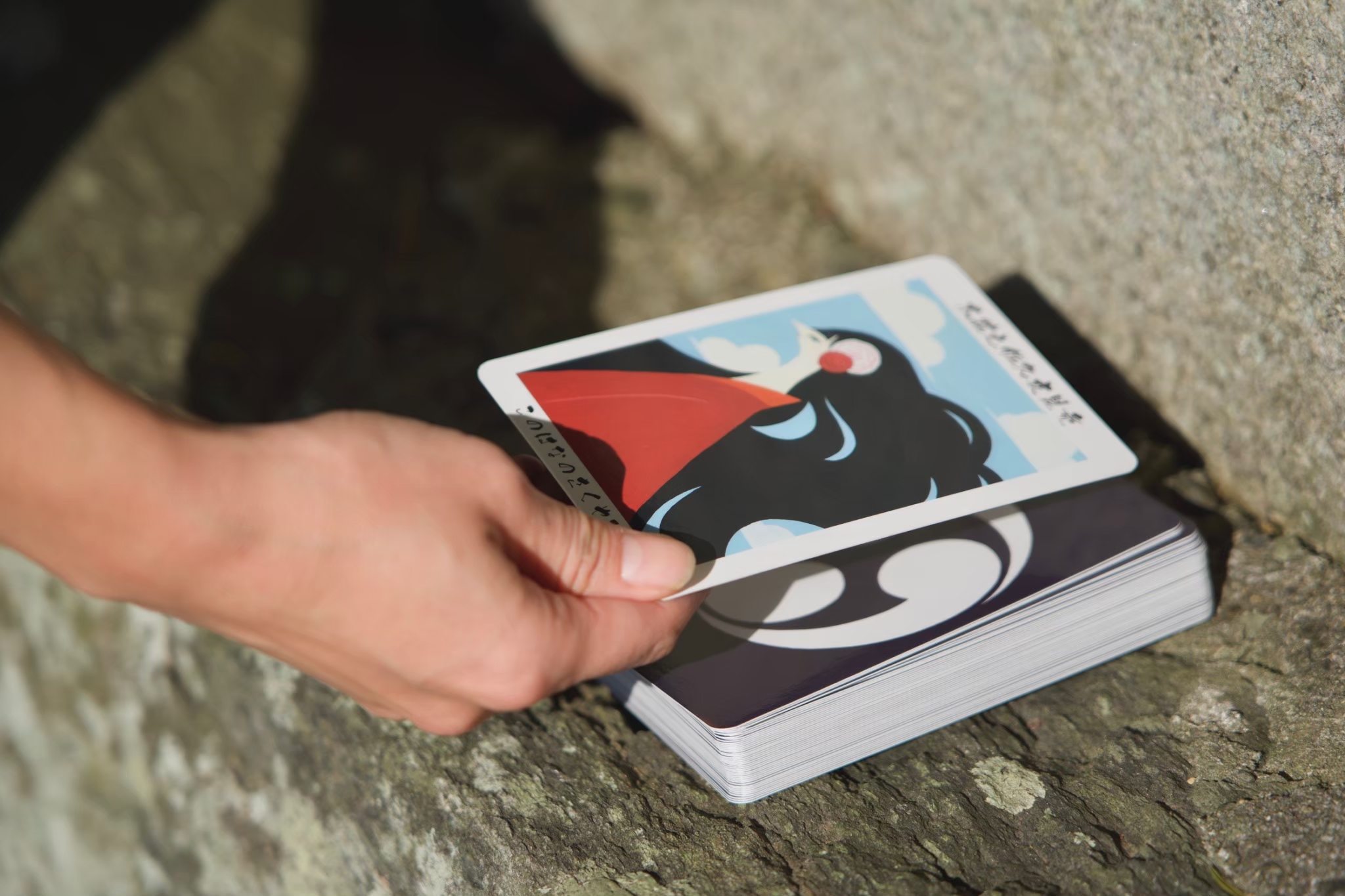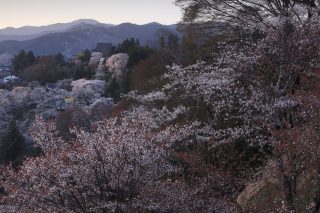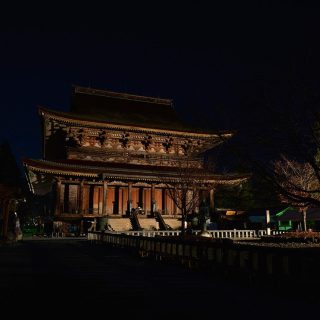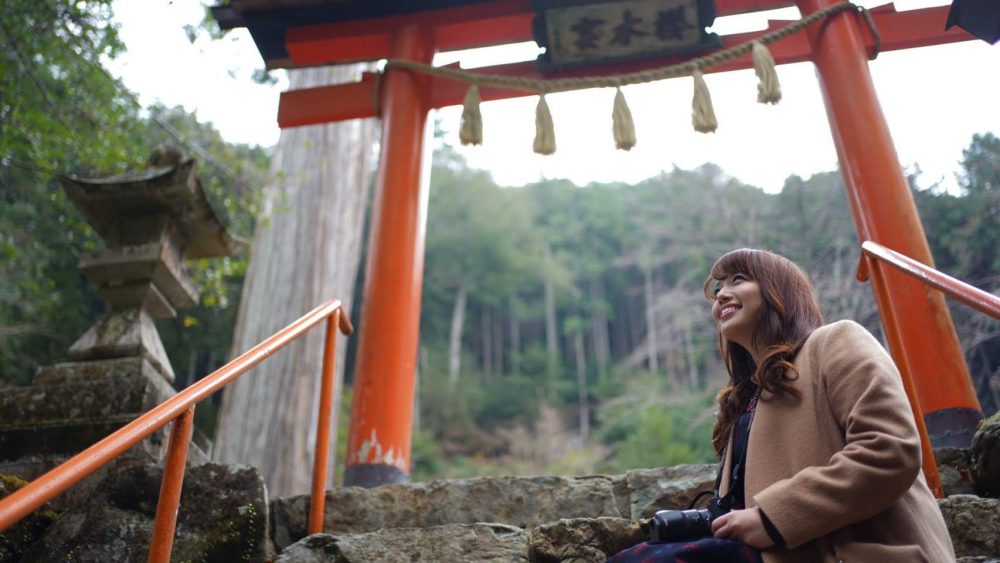
Hello! I’m KAORI (@ kaori_castlelove.jp), a castle instagrammer and tourist ambassador for Yoshino-cho!
In this article, I would like to introduce [Spots related to Emperor Tenmu].
For those of you who don’t know anything about “Emperor Tenmu,” I will give a brief explanation. Emperor Tenmu was a younger brother of Emperor Tenji, who accomplished the “Taika Reforms” in 645 and succeeded him to the throne. Along with history, I will introduce why the emperor-to-be escaped to Yoshino and what Yoshino was like in that period of history, long ago.
<Summary>
- Was Yoshino a villa area for the Emperor? “Yoshino Rikyu,” a place of relaxation for the emperor
- Sheltered by villagers! “Jiji Kawara / Kiyomigahara Shrine”
- Hidden from the enemy!? “O-namochi Shrine & Sakuragi Shrine”
- A little break! The megalith “Iwakami Shrine”… and off to the Jinshin War! “Tsuburo Kasuga Shrine”
Was Yoshino a villa area for the Emperor? “Yoshino Rikyu,” a place of relaxation for the emperor
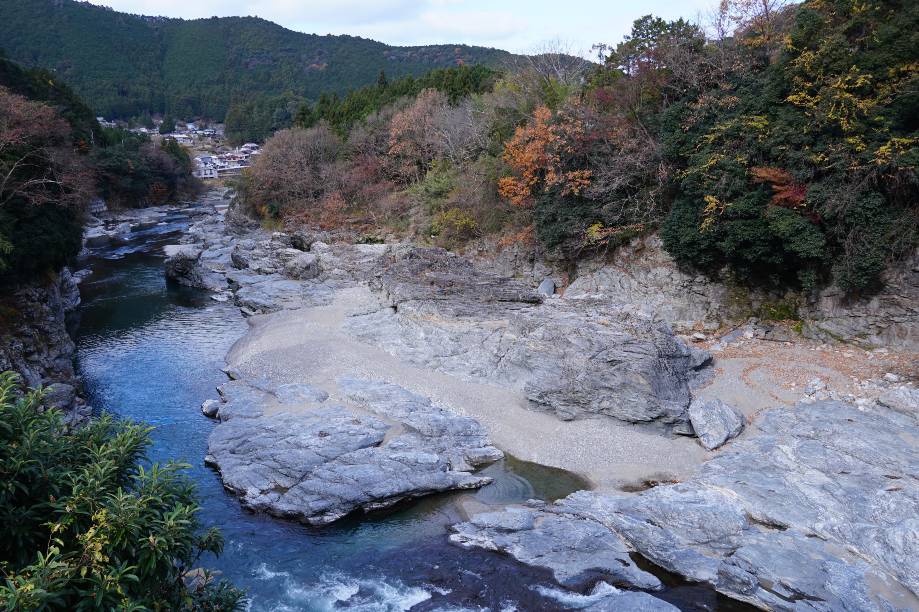
In the Asuka era (theorized by some to be 592-710 CE) the “Yoshino Rikyu” villa was built here for the Emperor. There are several theorized possible locations for the place where the villa was actually built, but as a result of excavations, it was discovered that it was probably located behind the place where the trees are growing in this photo!
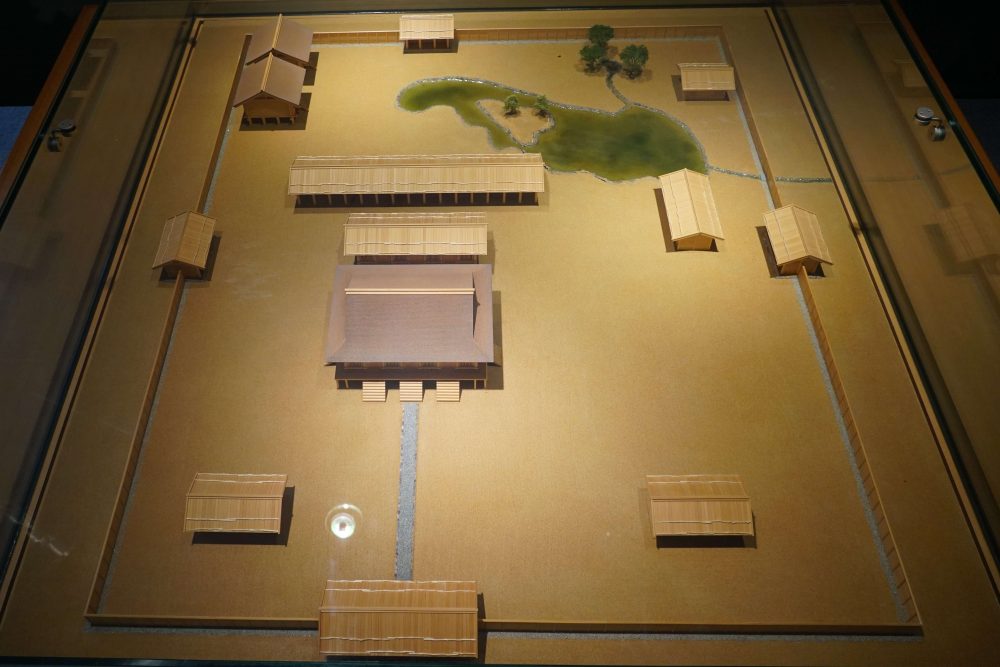
I went to the most prominent location of the villa.
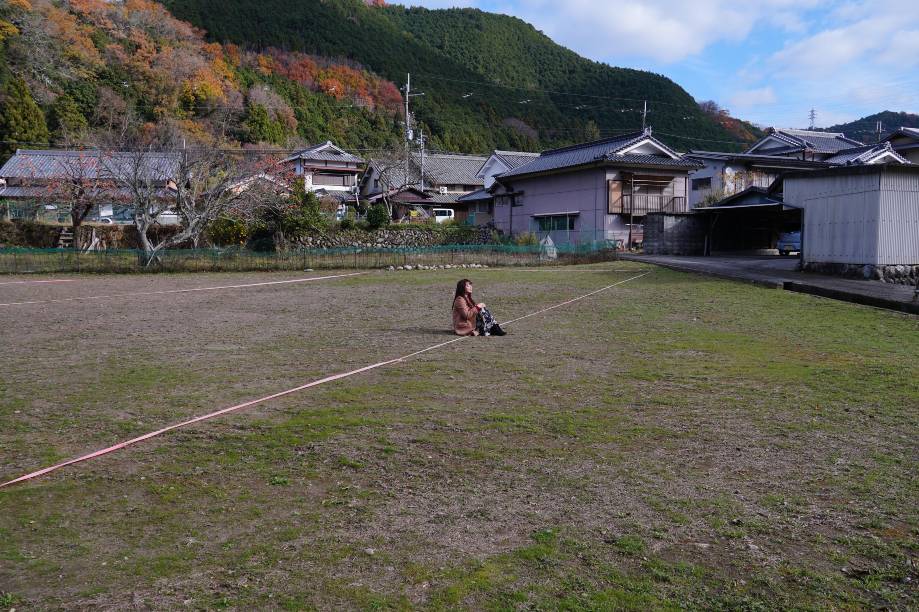
As the grounds of the excavation site for the villa were cordoned off with tape, I sat on the edge of the building where the Emperor would have been sitting and tried to get a sense of him. I could feel ancient people there, observing the mountain scenery of Yoshino with their eyes as the babbling sound of the Yoshino river composed poetry through their hands.
Yoshino Rikyu Villa Ruins (Miyataki Ruins):
Address: Miyataki, Yoshino Town, Yoshino-gun, Nara
Open hours: Open all year round
Parking: None
HP: http://www.town.yoshino.nara.jp/about/post-13.html
Sheltered by villagers! “Jiji Kawara / Kiyomigahara Shrine”
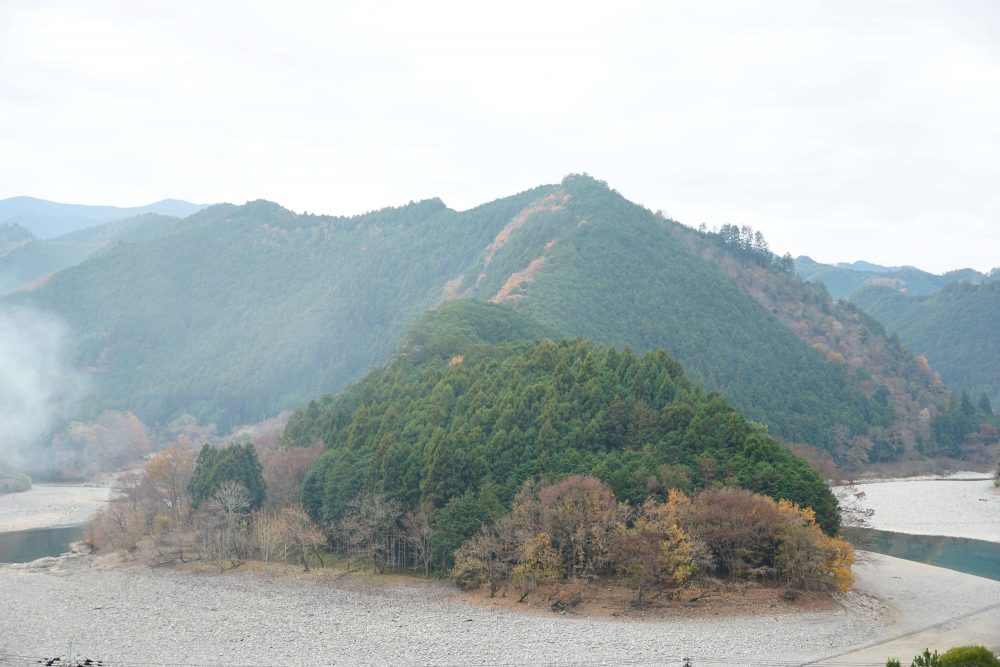
Before becoming emperor, Emperor Tenmu fled from the capital city to Yoshino because his brother’s son was trying to kill him.
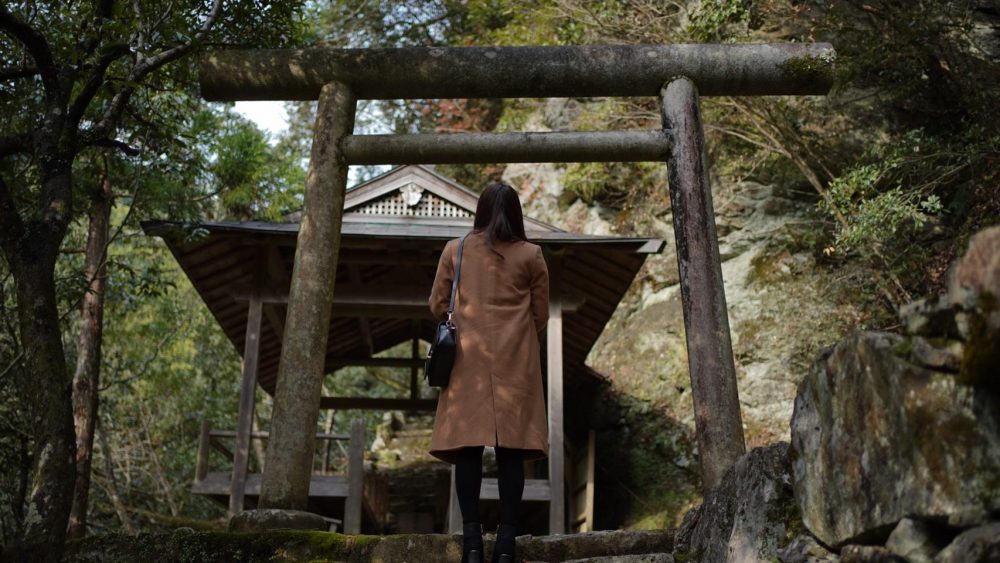
It is said that the people of Kuzu who lived near Kiyomigahara Shrine sheltered Emperor Tenmu and hid him from his enemies. Moreover, they welcomed Emperor Tenmu with traditional dance and music.
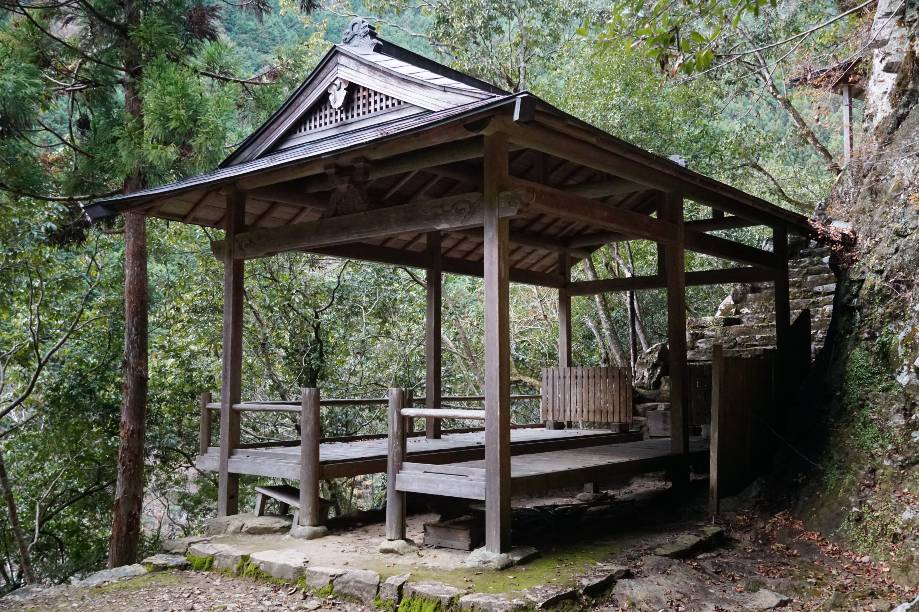
In connection with this event, the “Kuzu Sou” ceremony is held every year from 1 pm on the 14th day of Chinese New Year at Kiyomigahara Shrine. Because of the influence of Emperor Tenmu, this shrine is said to be the first place in Japan where Gagaku (Japanese court music) was introduced to commoners.
Kiyomigahara Shrine:
Address: 1 Minamikuzu, Yoshino-cho, Yoshino-gun, Nara
TEL: +81-746-32-3081
Open hours: Open all year round
Parking: None
Hidden from the enemy!? “O-namochi Shrine & Sakuragi Shrine”
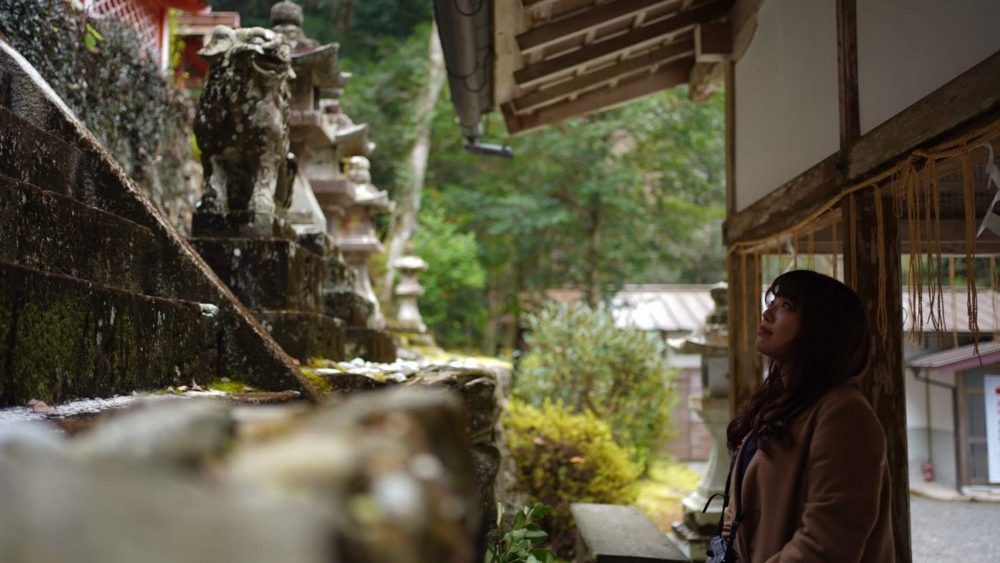
Emperor Tenmu hid himself in various places in Yoshino. Next, I would like to introduce 2 of those locations, “O-namochi Shrine” and “Sakuragi Shrine”.

O-namochi is a shrine that features a main hall which connects directly into holy Mt. Imoyama, which has been an object of worship for local people since ancient times. Emperor Tenmu used this mountain as a hiding spot.
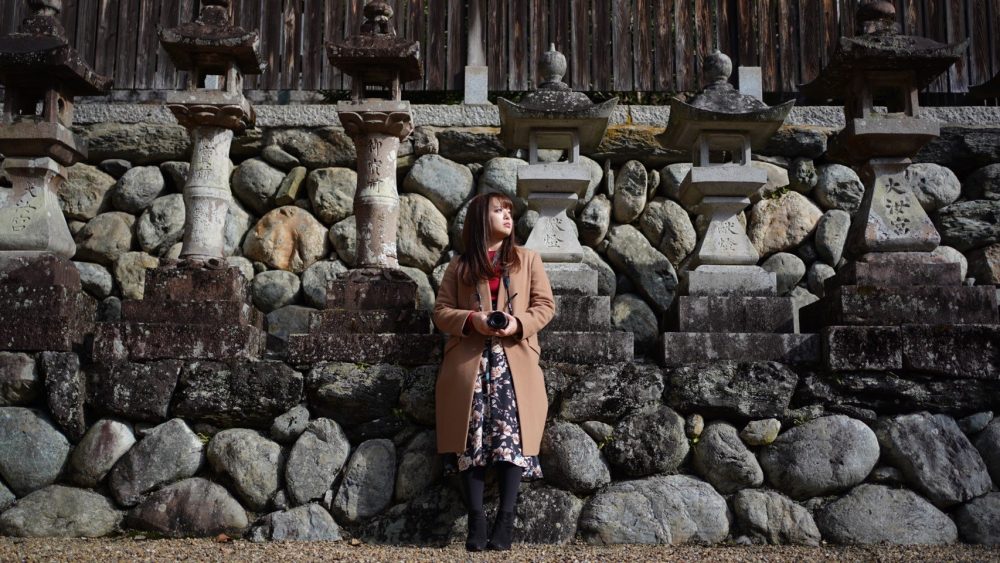
There is a legend that seawater springs forth from under the shrine into the Yoshino River every year on June 30th into a location known as the Shioubuchi Pool. A custom of performing ablution at this pool, called Onanji Mairi, is still being done to this day.
O-namochi Shrine:
Address: 86 Kawaharaya, Yoshino-cho, Yoshino-gun, Nara
TEL: +81-746-32-2717
Open hours: Open all year round
Parking: Yes
Red stamp: Yes (At the company office on the precincts)
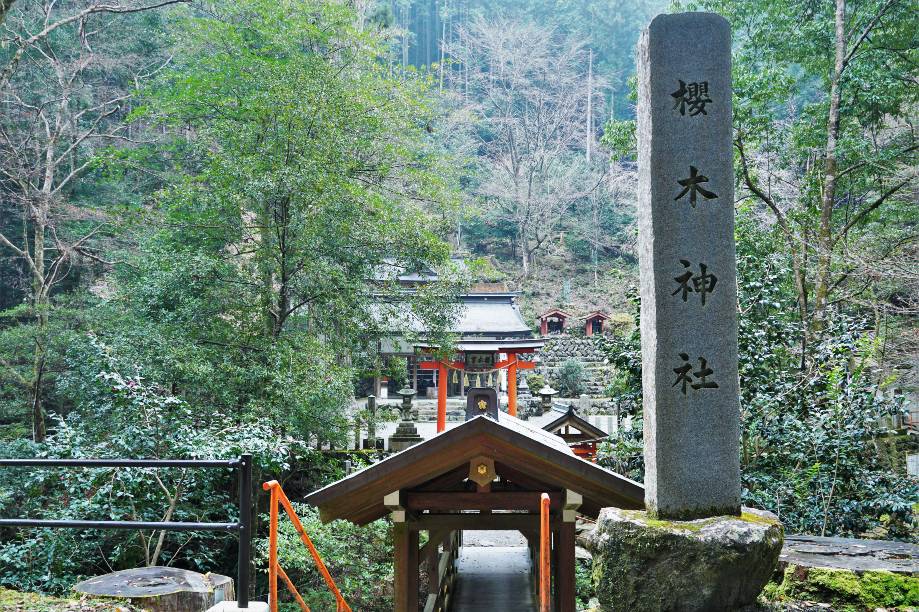
It is said that Emperor Tenmu escaped from the enemy by hiding under the cherry trees on the precincts of the Sakuragi Shrine. It now enshrines Emperor Tenmu.
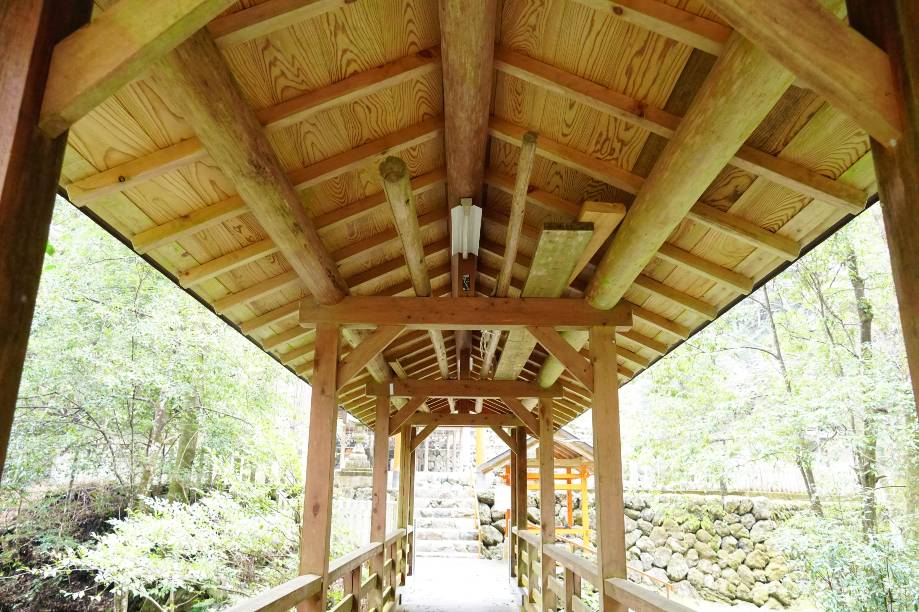
A bridge which leads to the Sakuragi Shrine. A beautiful stream runs under the bridge.
Sakuragi Shrine:
Address: Kisadani, Yoshino-cho, Yoshino-gun, Nara
TEL +81-746-39-9237
Open hours: Open all year round
Parking: Yes
A little break! Megalith “Iwakami Shrine”… and off to the Jinshin War! “Tsuburo Kasuga Shrine”
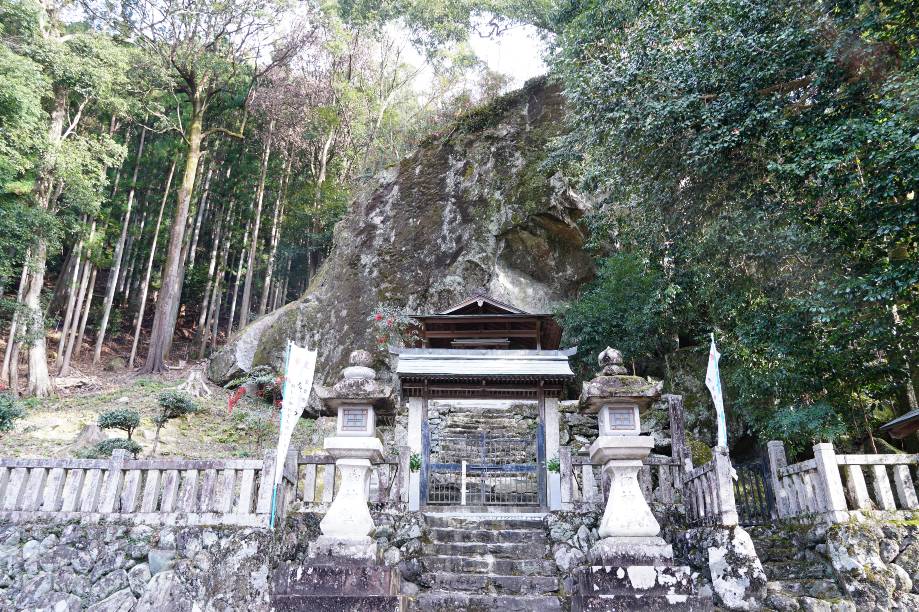
It is said that ancestors of the people of Kuzu, who helped Emperor Tenmu, crawled out of a crack in a massive boulder located at the “Iwakami Shrine”.
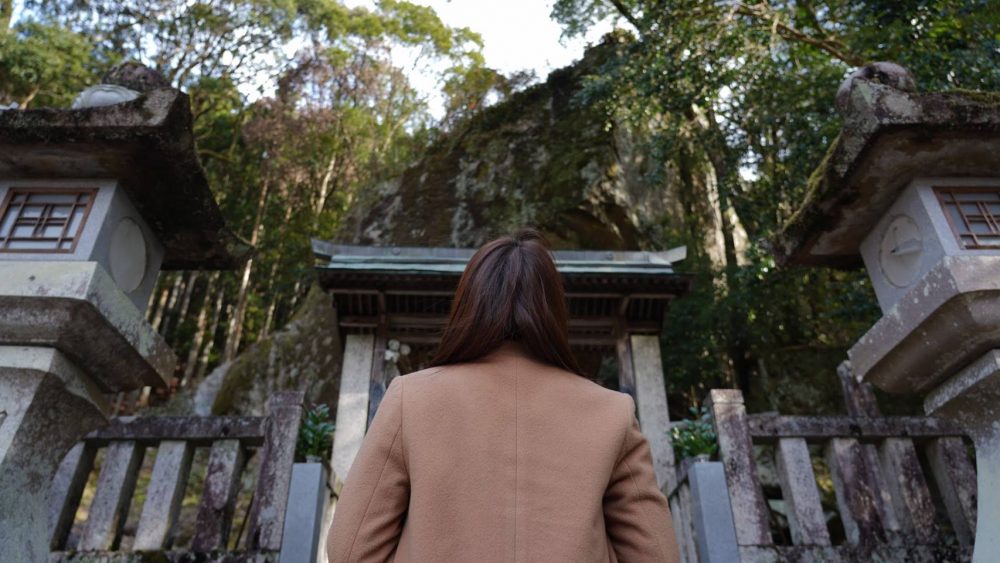
Iwakami Shrine:
Address: 1 Yaji, Yoshino-cho, Yoshino-gun, Nara
Open hours: Open all year round
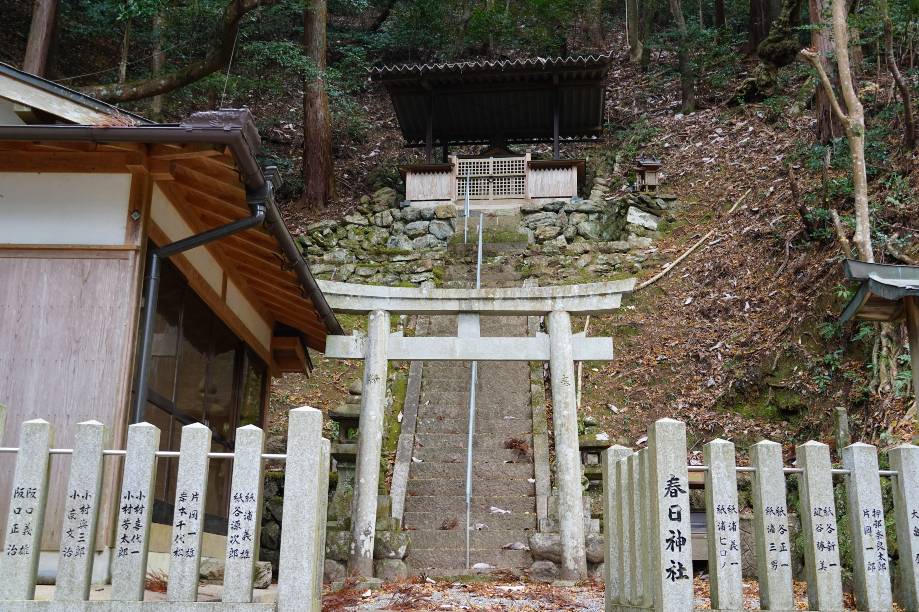
After that, Emperor Tenmu won the Jinshin War (which started at the Kasuga-shrine in the area of Tsuburo) and became the Emperor of Japan.
Kasuga-shrine in the area of Tsuburo
Address: Tsuburo, Yoshino-cho, Yoshino-gun, Nara
Open hours: Open all year round
In Yoshino Town, there are many spots related to Emperor Tenmu. I hope you can visit all of them!
Castle Instagrammer KAORI’s YouTube Channel
Video of “Spots related to Emperor Tenmu”
▶ https://youtu.be/rO2SCpcLmO4
text/photo/model:Castle Instagrammer KAORI
Instagram ID: kaori_castlelove.jp
#おでかけ #天武天皇 #御朱印 #歴史 #奈良

